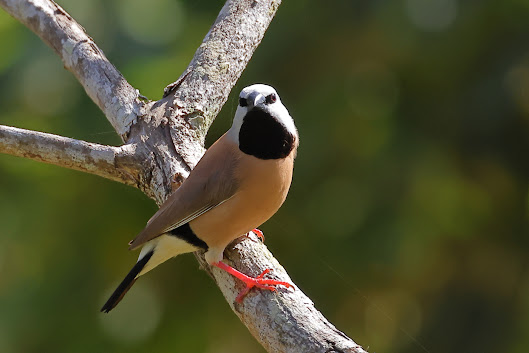Here's a little clue. One of 5-6 similar 60cm clues in the long grass.
What's wrong? No Big Momma on show. She's hiding a very broad 3.5m frame under the water close to her presumed progeny sunning on the mud. Scientists recently added 2hrs to Saltwater Crocodiles underwater capabilities, making it about 7hrs lying motionless.
What's wrong? The cow isn't scared. It doesn't know just 2kms upstream a large cow had to be destroyed recently after a big male croc grabbed her head.
What's wrong? Perhaps even people who often encounter crocs don't give them enough credit as a predator almost unchanged through 90 million years of survival.
And guess what was lurking in the water just below my egg-sitting Carpet Python at Mungalla Station this morning? A slender 3m croc in a great shadowed tangle of fallen cottonwood limbs. They deserve more respect.








































